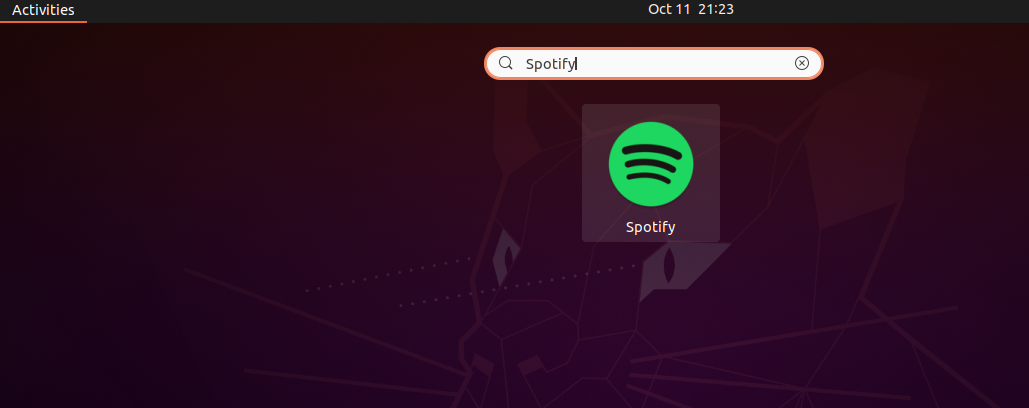This post shows students and new users the steps to install Windows 11 and Ubuntu Linux on a single computer. If you have a Windows 11 installation on your computer and you want to run Ubuntu Linux on the same computer, you will have to set up a dual boot, which means that you will be able to boot Windows 11 and Ubuntu Linux on the same machine, albeit one at a time. Windows 11,…
This post shows students and new users the steps to configure an Apache Virtual Host file on Ubuntu Linux. A virtual host is an Apache feature that allows users to run more than one website on a single server. A virtual host file contains configuration directives for the website, including the site document root, security policies, SSL certificate settings, and much more. Every website. Websites that are configured with Apache Virtual Host work independently of…
This post shows students and new users how to install Odoo on Ubuntu Linux. Odoo (formerly OpenERP) is a simple and intuitive set of open source, ERP, and CRM platform for businesses and individuals who want to manage their e-commerce, website builder, billing, accounting, invoices, orders, products, and more. If you are looking for open source CRM or ERP software to run your operations, you should consider Odoo. Odoo can be installed in many different…
This short post shows students and new users how to install FileRun on Ubuntu Linux with Apache HTTP web server. It also has a link to set up free Let’s Encrypt SSL certificates to protect your FileRun web portal. FileRun is a free, open source, self-hosted file sharing and synchronization based on PHP and MySQL that allows you to access your files anywhere via secure cloud storage, and also offers backup and sharing of your…
This post shows students and new users the steps to configure the CUPS print server on Ubuntu Linux. CUPS allows a computer to act as a print server. Provides a Unix-like mechanism in the operating system for printing and print services. In multi-printer environments, the CUPS print server can be used to manage and manage print jobs. CUPS supports printing, queuing, network printing (via IPP), supports a wide range of printers, automatic network printer detection,…
This post shows students and new users the steps to install the Google Chrome web browser on Ubuntu Linux. Google Chrome, a fast, secure, and widely used web browser built for the modern web, is easy to install and use on Ubuntu Linux. Google Chrome is not an open source browser and it is not automatically included with the Ubuntu repositories. If you want to use Chrome on Ubuntu, you will need to download it…
This post shows students and new users the steps to list all packages installed on Ubuntu Linux. Knowing what packages are installed on Ubuntu Linux can be important, especially when you are looking for vulnerable packages or building another machine and want to install the same packages on it. There are several ways to view installed packages on Ubuntu Linux, and we will show you a few steps below that will list, count, and display…
This post shows students and new users the steps to install and use MySQL Workbench on Ubuntu Linux. MySQL Workbench is software that can be used to manage MySQL databases from a local or remote machine. It supports database and user management, creating and executing SQL queries, configuring servers, performing backups, performing migrations, and much more. Whether you are a new user or a professional, MySQL Workbench makes it easy to manage your MySQL database.…
This post shows students and new users the step to install and configure Redis on Ubuntu Linux. Redis is an in-memory key-value and data store commonly used as a database to store data structures such as strings, hashes, lists, sets, ordered sets with range queries, etc. At a higher level of deployment, you can also provide high availability through Redis Sentinel, including monitoring, automatic notification failover, and partitioning across multiple Redis nodes. If you want…
This post shows students and new users how to install Apache Maven on Ubuntu Linux. Apache Maven is an open source software project management and understanding tool. Based on the concept of a project object model (POM), Maven can help you manage the entire process of building a project, including storing documents, reports, and more. Installing Apache Maven on Ubuntu is pretty easy and straightforward. In fact, the Maven packages are in the default Ubuntu…
This post shows students and new users how to install Laravel framework on Ubuntu Linux with Nginx. Laravel is an open source PHP web application framework with cool built-in features like routing, authentication, sessions, caching, and unit testing. Laravel can be used as an alternative to the CodeIgniter framework. It is designed to be easy to use and to allow developers to create great applications. If you are looking for a simple and straightforward PHP…
This post shows students and new users the steps to install Spotify on Ubuntu Linux. Spotify for Linux gives you instant access to millions of songs that can be played on Linux machines, including Ubuntu Linux. With Spotify, you can discover new music, stream the tracks you love, and activate your playlists in all genres and moods. Unlike Windows and MacOS users, the Spotify client may not have the same support as those clients. Linux…
This post shows students and new users the steps to mount Windows shares on Ubuntu Linux. For this tutorial, I will be using Windows 11 and Ubuntu Linux. A Windows share can be mounted to a particular mount point on Ubuntu Linux using the cifs option when using mount command. The mount command can be used to mount shares to a particular mount point identified in a Linux directory. When mounting a Windows share, a…
This post shows students and new users the steps to add or remove users on Ubuntu Linux. Whether you are a system administrator managing a server or a home user working at an Ubuntu desktop, adding new users to Ubuntu is something you might want to learn how to do. By default, after installing Ubuntu Linux, the first account created during installation is the primary user of the systems. This user can perform administrative tasks…
This post shows students and new users the steps to install and use Vagrant on Ubuntu Linux Homeless is a tool for creating and managing virtual machine environments through the command line. Vagrant is compatible with VirtualBox, VMware, AWS and also works with other virtualization software providers to provision virtual machines. Vagrant is ideal for developers as it isolates machine dependencies and settings within a single, consistent, disposable environment, so whether you are working on…











